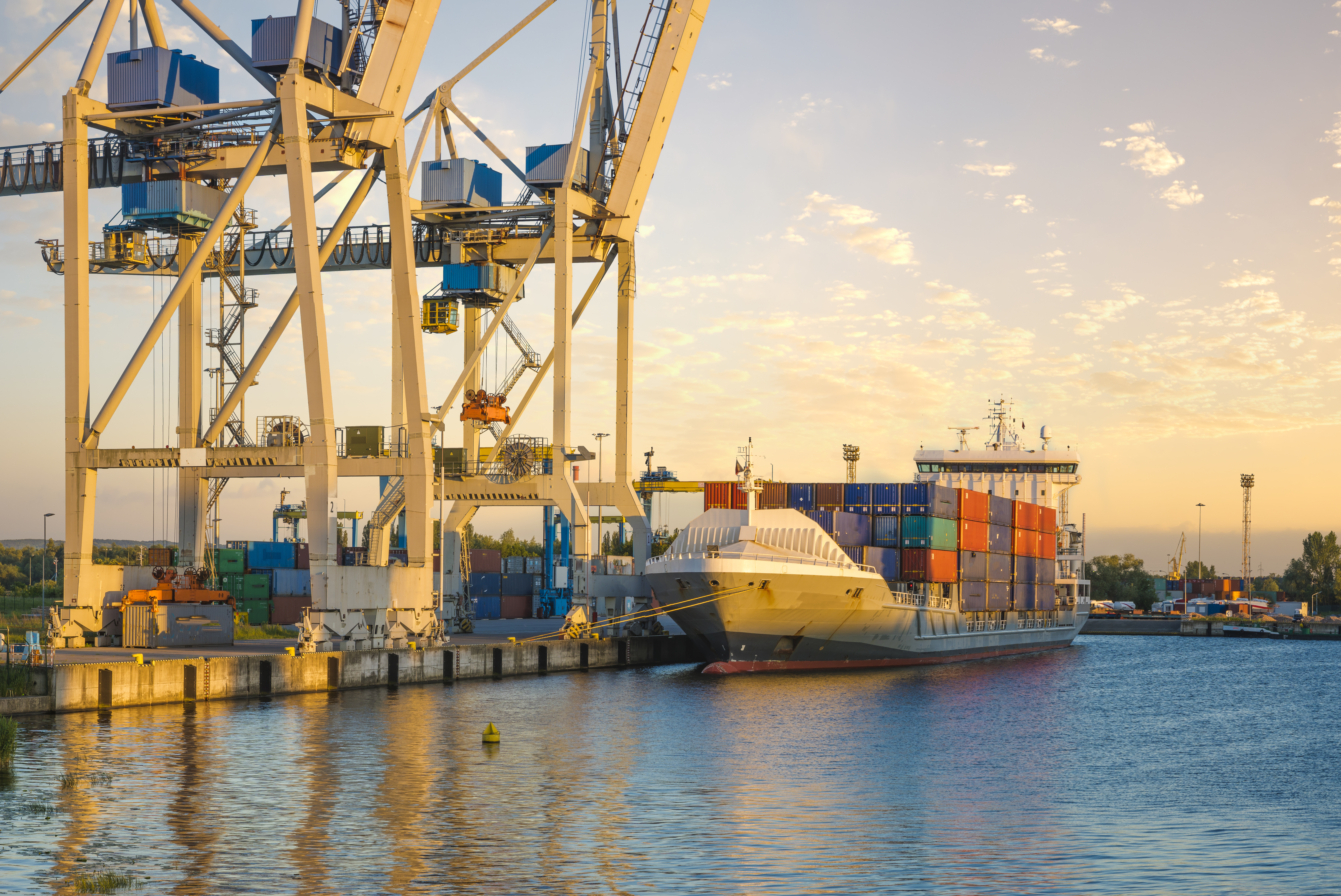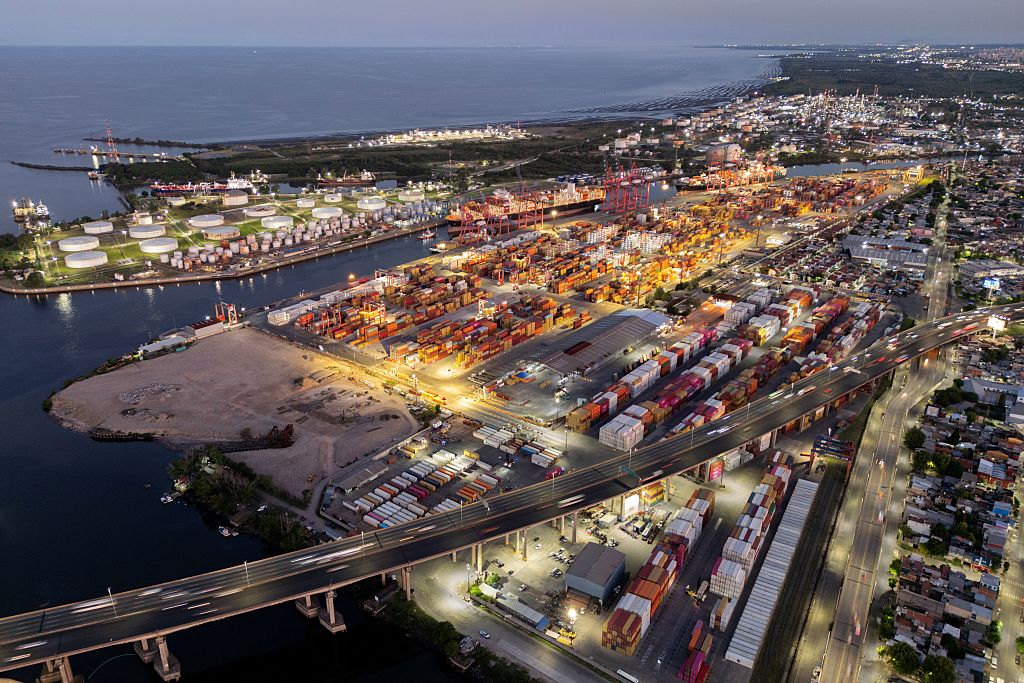Mexico: The New China?
Mexico: The New China?
COA's Eric Farnsworth writes for PODER that Mexico is becoming an increasingly important manufacturing hub, and that planned reforms would help improve competitiveness.
On Jan. 26, 2013, The New York Times ran an opinion piece written by Chris Anderson, the former editor of Wired magazine, who quit journalism in order to run 3D Robotics, a San Diego-based company that builds drones for civilian use. The article, titled, “Mexico: The New China,” has created a buzz, given its contention that Mexico is becoming the manufacturing hub that China has been for years, a critical piece of the competitiveness puzzle facing U.S. manufacturers in the global marketplace.
In fact, Anderson contends, Mexico is now in some ways a better option than China for U.S. companies, given the need for lean, efficient supply chains, competition on quality and productivity rather than cheap labor, and “quick sourcing” rather than outsourcing.
It’s a compelling argument, and I wanted to see it for myself. In February I traveled to Tijuana, Mexico, with a number of bi-national business representatives including Anderson for a look at the booming manufacturing sector. The reality is impressive. From high-tech electronics, to medical supplies and equipment, to sophisticated production of components for autos and other manufactured products, Tijuana is quickly becoming a vital, integrated part of North American supply chains.
That is consistent with anecdotal evidence from across the region. From Tijuana to Quaretaro to Nuevo Laredo, the story we are increasingly hearing is that Mexico is a crucial part of North American production, and that new jobs are being created in the United States that depend on production happening in Mexico. Put another way, without Mexico as an integrated economic partner, numerous new U.S. jobs would not materialize. That turns on its head the stereotype of Mexico as an outsourcing location, taking U.S. manufacturing jobs and gutting the U.S. manufacturing sector.
Mexico is not a low-cost labor play. Yes, labor costs are lower than in the United States, but the production is also cutting edge. That requires engineers and brain power, not just an army of workers to assemble stuff. Broadly, we are increasingly seeing design work done in the United States and Canada, followed by manufacturing in Mexico, and final production and path-to-market in the United States. Without the ability to do work in Mexico, overall production would be uncompetitive, and probably not attempted. Dependent U.S. jobs would evaporate.
For the new government of Enrique Peña Nieto, working hard to overcome the stereotype of Mexico as a high security risk fueled by the drug trade, this emerging reality is a tonic.
Less than 20 years after NAFTA went into force, the agreement is transforming Mexico into a global economic player. Even as critics continue to lament NAFTA, using the same talking points they developed in the 1990s, changing patterns of global production and trade have made the agreement more relevant than ever.
Still, Mexico has a lot of work to do in order to further build its competitiveness. Energy costs — a critical element of manufacturing — are far too high. The glut of natural gas is bringing down the cost of manufacturing in the United States; reforms in Mexico are required just to keep up. Additionally, tax reform, education reform, infrastructure development, and improved competition policy especially in the telecommunications sector are all required. The Peña Nieto administration is focused on addressing these items with good reason. It is a large and politically complicated agenda, and success is not guaranteed.
Nonetheless, Mexico has something that nobody else does, apart from Canada: proximity to the world’s largest economy. With further economic reforms, as well as a bilateral focus on building a better-working border, the country will be able to take full advantage of this geographic reality, improving its global economic competitiveness in a manner that rivals any other in the region and many others around the world. Soon, Porfirio Diaz’ alleged lament that Mexico is so far from God and so close to the United States may well be consigned—appropriately—to history.
Is Mexico the new China? That’s difficult to say with certainty, and expectations should not run ahead of reality. But Mexico today is different from the Mexico of just a few short years ago. If trends continue, and the nation implements long-needed reforms, entrepreneurs will have a lot to say about that, not just in The New York Times, but in the day-to-day reality of a transforming Mexico, as well.








